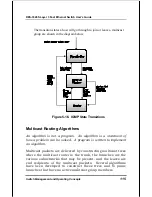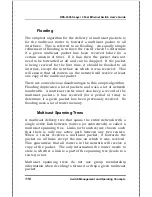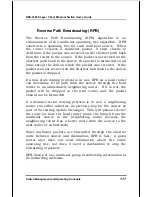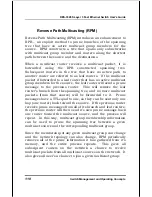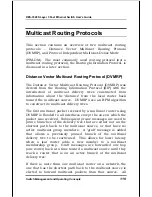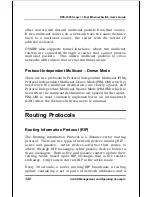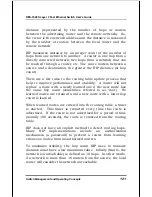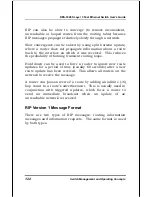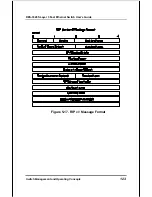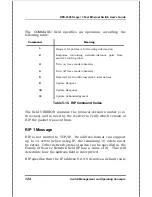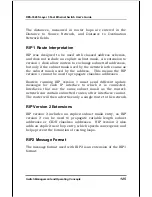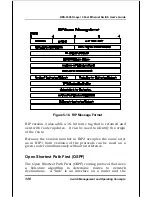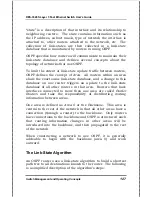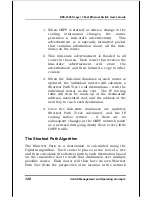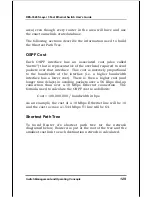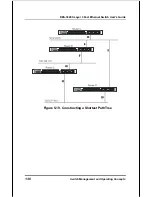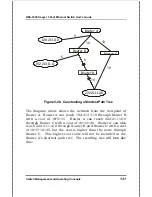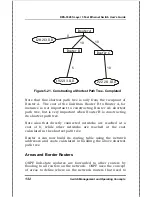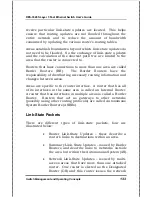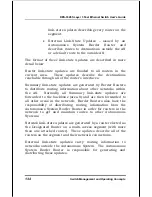
DES-3326S Layer 3 Fast Ethernet Switch User’s Guide
Switch Management and Operating Concepts
119
Multicast Routing Protocols
This section contains an overview of two multicast routing
protocols – Distance Vector Multicast Routing Protocol
(DVMRP), and Protocol Independent Multicast-Dense Mode
(PIM-DM). The most commonly used routing protocol (not a
multicast routing protocol), the Routing Information Protocol, is
discussed in a later section.
Distance Vector Multicast Routing Protocol (DVMRP)
The Distance Vector Multicast Routing Protocol (DVMRP) was
derived from the Routing Information Protocol (RIP) with the
introduction of multicast delivery trees constructed from
information about the ‘distance’ from the local router back
toward the multicast source. DVMRP uses an RPM algorithm
to construct its multicast delivery trees.
The first multicast packet received by a multicast router using
DVMRP is flooded to all interfaces except the one on which the
packet was received. Subsequent prune messages are used to
prune branches of the delivery tree that are either not on the
shortest path back to the multicast source, or that have no
active multicast group members. A ‘graft’ message is added
that allows a previously pruned branch of the multicast
delivery tree to be reactivated. This allows for lower latency
when a leaf router adds a new member to a multicast
membership group. Graft messages are forwarded one hop
(one router) back at a time toward a multicast source until they
reach a router that is on an active branch of the multicast
delivery tree.
If there is more than one multicast router on a network, the
one that has the shortest path back to the multicast source is
elected to forward multicast packets from that source. All











